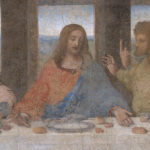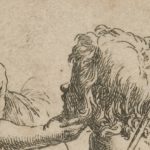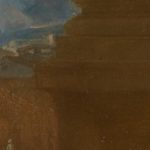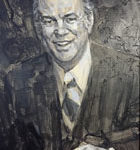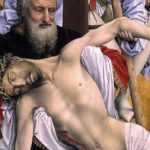
The end of The Revelation of the Apostle John in the New Testament is as positive, as glorious, and victorious as a narrative could be. God’s disappointment on the admission of depravity to the human race in the early verses of Genesis is now ended with a summary of the redemptive conclusion to the bitter/sweet history of man and earth. It is a story of restoration, and new beginnings, and in that process God is proved to mankind with clarity. No longer will we look through a glass darkly (smoked glass). (1 Corinthians 13:12) The contact between man and God will be quite direct. I remember as a child that we were going to look as directly as we could… Read more

